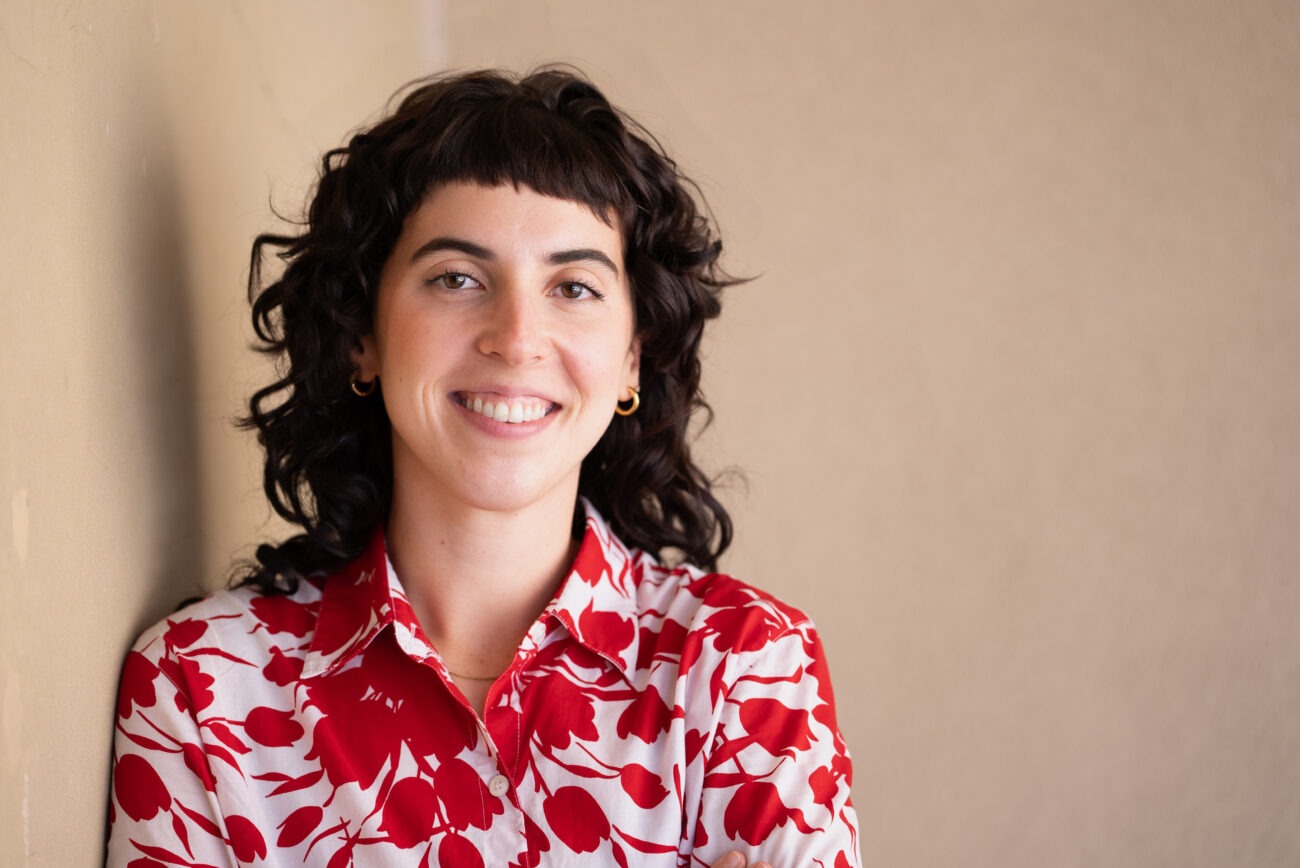Back in high school, a chemistry teacher alerted Casey (Catherine) Ivanovich’s class to the awe that comes with using math and science as tools to make sense of the mystifying world around them. Ivanovich has since carried this moment and its inspiration into her career as a scientist.
After graduating from the Ph.D. program at Lamont-Doherty Earth Observatory this past summer, Ivanovich is now a postdoctoral program fellow at the NASA Goddard Institute for Space Studies, studying climate extremes and humid heat, including their physical and social drivers. She is also passionate about relaying complex scientific concepts to a wider public.
In the Q&A below, Ivanovich reflects on her path to climate research and offers advice to women scientists.
How did you get into science?
I first fell in love with Earth science during a high school chemistry class. There was a moment I’ll always remember when my teacher Mrs. Altfater paused mid-equation at the board, turned around and reflected on her feeling of awe that we created math to describe the world around us…and that it works! I think this small interaction really sparked my sense of what a marvel our planet is and the incredible tools we have to both understand and protect it. This motivation has followed me throughout my academic career, and today I study when and why extreme humid heat occurs in order to better prepare for its human health and socioeconomic impacts.
How can we continue to support and mentor women scientists?
The greatest way we can support women scientists is through advocating for concrete and material changes to existing academic structures. This includes improving parental support policies, ensuring pay equity and enforcing effective anti-discrimination and anti-harassment policies. This must also include changes to academic culture, such as shifting the balance in who performs administrative tasks and who speaks during meetings, or even changing the expectation for individuals to relocate at each step of their career, forcing them to rebuild social support networks. In order to promote diversity in STEM—including but not limited to gender diversity—we also need to continue to make the currently ‘unwritten rules’ of academia transparent.
“As we progress through our careers, I think it’s also important to remember to give back the information we learn along the way to help make the process easier for the scientists who go through the same processes after us!”
Do you have any advice for younger women or girls who are interested in entering the field?
I think that mentorship is a vital part of building community and providing the structure for change. I would advise women to take advantage of all opportunities that arise to connect with potential mentors—whether this means meeting one-on-one with someone in your lab group, enrolling in a formal mentorship program, or attending social events to meet people working in your field. The challenges we face in STEM with regard to gender can intersect with countless other aspects of our identities, and connecting with individuals who share some of your experiences can take some time and trial. But I have found that making connections with people I can speak openly and honestly with (both mentors and peers) has been essential to getting constructive guidance on professional decisions, feeling supported in my work and building a productive environment for research discussions.
As we progress through our careers, I think it’s also important to remember to give back the information we learn along the way to help make the process easier for the scientists who go through the same processes after us!
Source link
Olga Rukovets news.climate.columbia.edu

